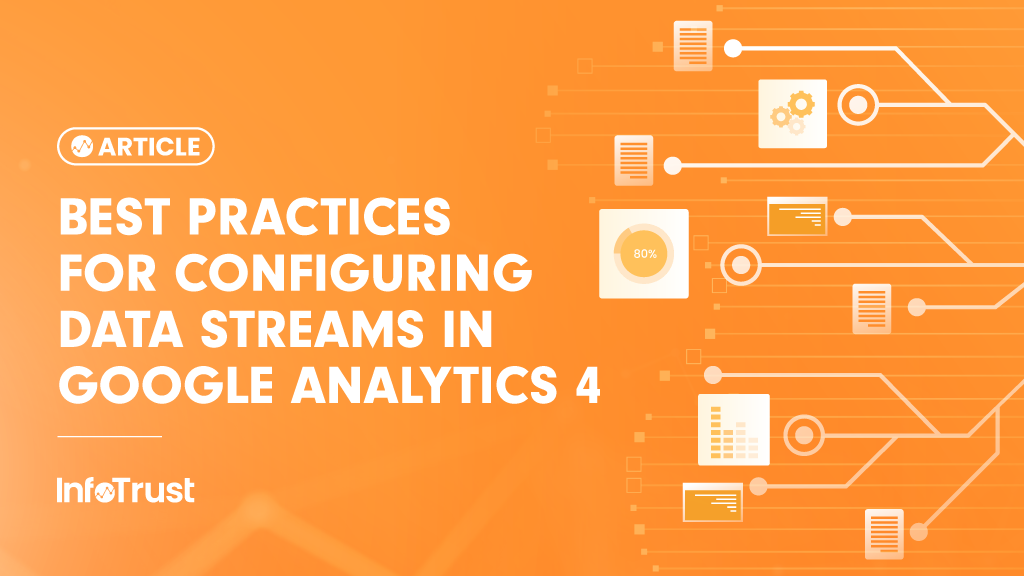In the rapidly evolving digital landscape, understanding and effectively utilizing data has become crucial for businesses to thrive. Google Analytics 4 (GA4) offers a powerful solution for tracking and analyzing user behavior, providing valuable insights to optimize your online presence. However, configuring data streams in GA4 requires careful consideration to ensure accurate and meaningful results. In this article, we will explore five best practices for configuring data streams in GA4, focusing on GA4 data streams, event tracking, custom dimensions, and custom metrics. By following these practices, you can maximize the potential of GA4 and gain valuable insights to drive your business forward.
Plan Your Implementation
Before setting up data streams in GA4, take the time to plan your implementation. Understand your business goals and objectives, and identify the specific data you need to collect to measure and analyze them effectively. This planning phase will help you determine the right structure for your data streams and ensure they align with your business needs.
Leverage Enhanced Measurement
GA4 offers enhanced measurement, which automatically tracks certain user interactions without the need for manual event setup. Take advantage of this feature to capture valuable data, such as page views, scrolls, outbound clicks, and site search. Enhanced measurement can save you time and provide a solid foundation for your analytics.
Define Custom Events
While enhanced measurement covers common user interactions, you may have specific events that are unique to your business. Define custom events to track these interactions and gain deeper insights into user behavior. Examples of custom events could include form submissions, video plays, or downloads. Properly tracking custom events will help you understand user engagement and conversion rates.
Utilize Custom Dimensions
Custom dimensions allow you to add additional context to your data. Consider the specific dimensions that are relevant to your business, such as user roles, membership levels, or campaign sources. By utilizing custom dimensions effectively, you can segment and analyze data based on these attributes, gaining deeper insights into user behavior and the impact of your marketing efforts.
Set Up Custom Metrics
Similar to custom dimensions, custom metrics enable you to track and measure specific business metrics that are important to you. Define custom metrics that align with your key performance indicators (KPIs) and reflect your unique goals. This allows you to evaluate the success of your business objectives and make data-driven decisions based on your specific metrics.
By following these best practices, you can configure your data streams in GA4 effectively, leading to accurate and actionable insights that drive your business forward. If you have any questions, please feel free to contact us.



